In Japanese sword culture, koshirae refers to the complete set of fittings used to mount a blade. These mountings often follow consistent combinations and patterns. Depending on the type of sword, they are named accordingly—tachi koshirae for tachi, katana koshirae for katana, wakizashi koshirae (short katana) for wakizashi, and tanto koshirae (dagger-sized) for tanto. Within each category, there are numerous subtypes, often named after materials, regions, historical periods, or specific design features.
Table of Contents
- Tachi Mountings
- Han-tachi (Half-Tachi)
- Daishō Koshirae (Matched Pair)
- Aikuchi Koshirae (No Guard)
- Higo Koshirae (Kumamoto Style)
- Satsuma Koshirae (Southern Warrior Style)
- Yagyū Koshirae (Shogunate School)
Tachi Mountings
Tachi mountings are typically categorized by their materials. For example, silk-wrapped tachi uses woven silk for its bindings, while leather-covered tachi uses materials like cowhide, horsehide, or even monkey skin. Another variant, the Hyōgo-gusari tachi, features mostly metal fittings on the outside but retains a wooden core. Some modern replicas of this type—often decorated with erotic motifs—are not historically accurate and considered fakes.
Han-tachi (Half-Tachi)
The han-tachi style is technically a katana or wakizashi mounting that mimics tachi features—such as the end-cap shape and decorative fittings. It's a hybrid that blends formality with practicality. In fact, Japan's WWII-era army swords were inspired by this configuration.
Daishō Koshirae (Matched Pair)
Daishō literally means “big-little” and refers to a matched set: a long katana paired with a shorter wakizashi. When the mountings (scabbards, handles, fittings) are coordinated in design and color, they are called daishō koshirae. Samurai wore these together as a formal set.
Aikuchi Koshirae (No Guard)
An aikuchi is a mounting style without a handguard (tsuba). It creates a flush connection between the handle and scabbard, making it ideal for compact blades like tanto. This sleek form was favored for formal occasions or concealed carry.
Higo Koshirae (Kumamoto Style)
Hailing from present-day Kumamoto, Higo-style mountings reflect the practical and disciplined nature of Kyushu’s warrior culture. Designed for rapid drawing in iaidō, the scabbard is slightly oversized and contains a removable inner sheath for easy cleaning. Handles are often longer, wrapped in leather, with minimalistic iron fittings—functional yet elegant.
Satsuma Koshirae (Southern Warrior Style)
From the southern tip of Kyushu, Satsuma mountings were favored by fierce warriors trained in the Jigen-ryū sword style. Their swords emphasized quick, decisive strikes. These mountings typically feature longer handles, iron pommels, and scabbards covered in lacquered cowhide. In many cases, ornamental pegs (mekugi) are intentionally omitted.
Yagyū Koshirae (Shogunate School)
Named after Yagyū Munenori’s family, this style became associated with the Tokugawa shogunate’s official martial arts instructors. Yagyū koshirae is noted for its yellow handle wrapping (usually 8–13 turns), large ornamental pins, and black lacquered scabbard. The overall impression is dignified and refined.
Note: Every koshirae tells a story—not just about the sword, but about the time, place, and personality behind it. Understanding these mountings is key to appreciating the katana as both weapon and work of art.
Read more

Explore the artistry and function of samurai sword guards (tsuba), kozuka, and menuki. Learn how these components blend protection, symbolism, and exquisite craftsmanship.
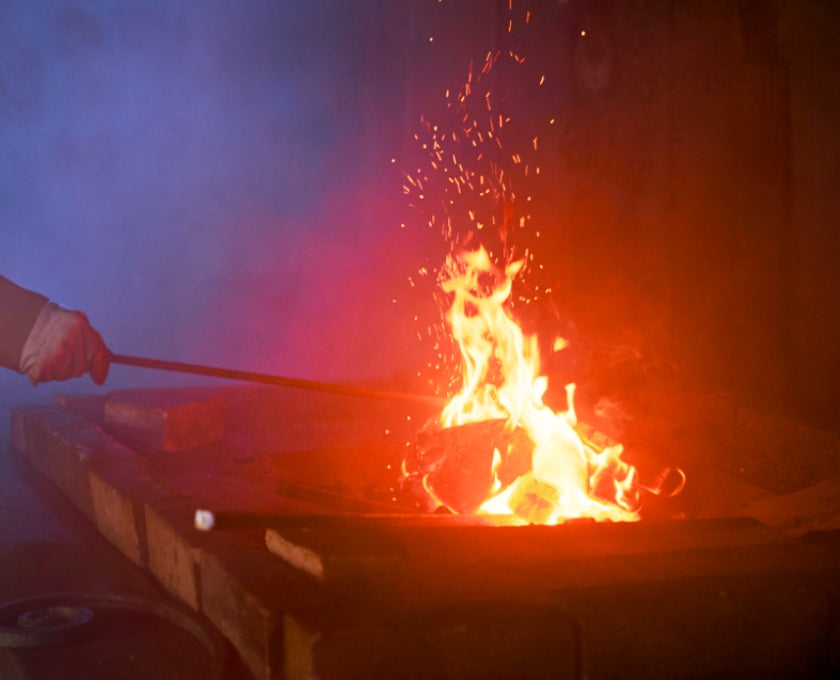
Explore the traditional forging process of the Japanese katana, from folding tamahagane steel to complex lamination styles like kobuse and sanmai. Learn how fire, technique, and precision come toge...
Shop katana
Our katana store offers a wide selection of japanese swords — from traditional katanas and anime-inspired designs to fully functional blades — featuring a variety of materials and craftsmanship to suit your preferences.

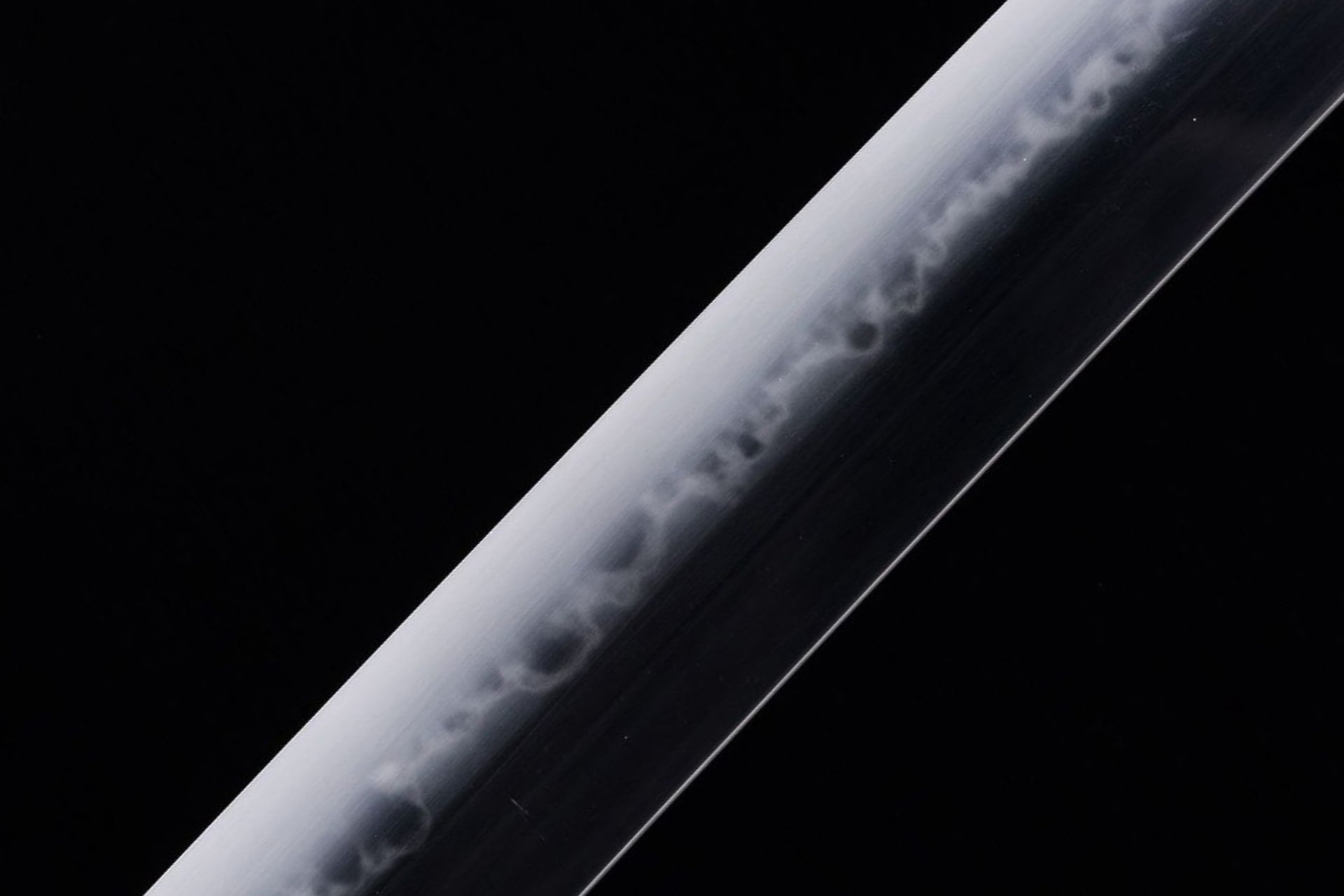
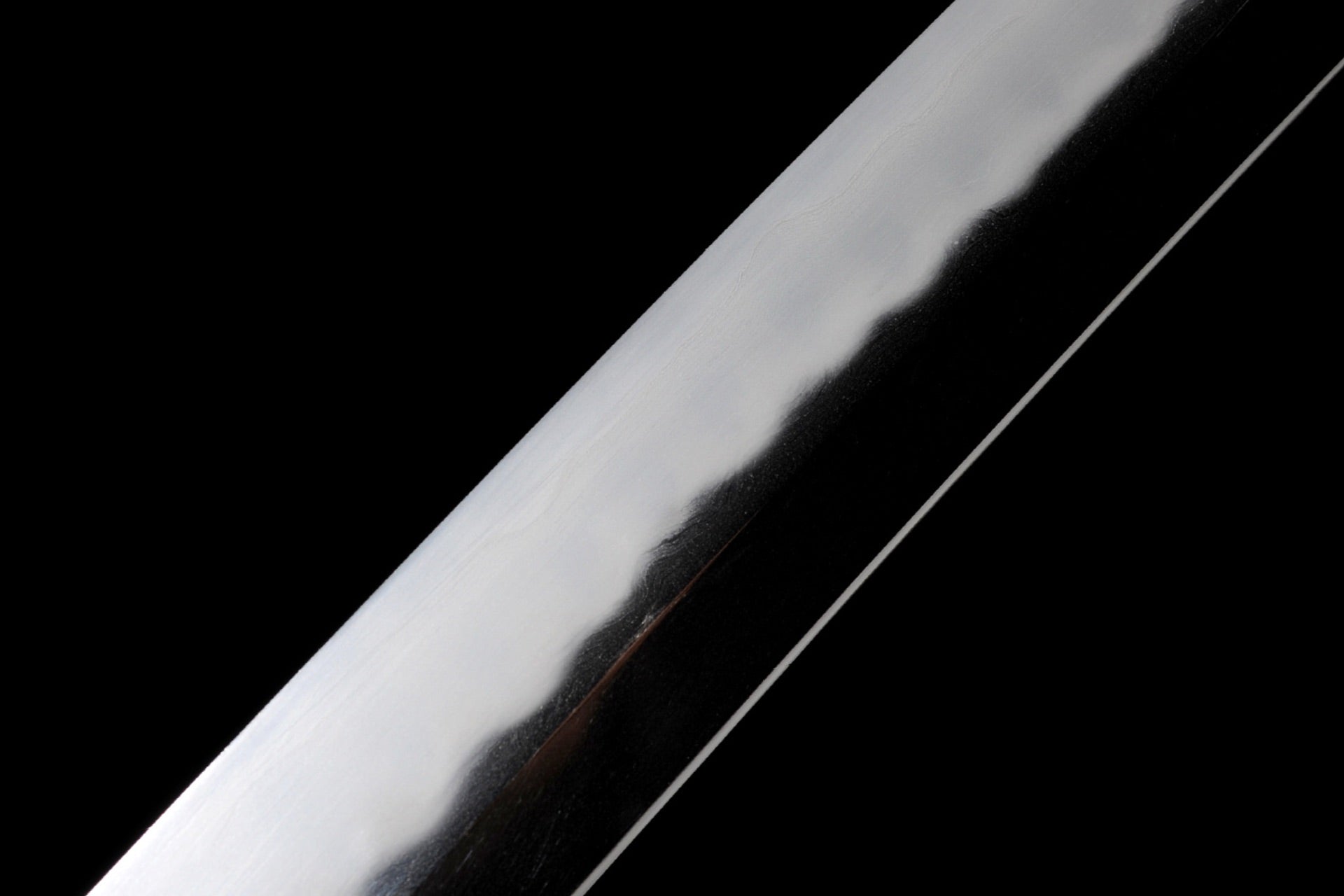
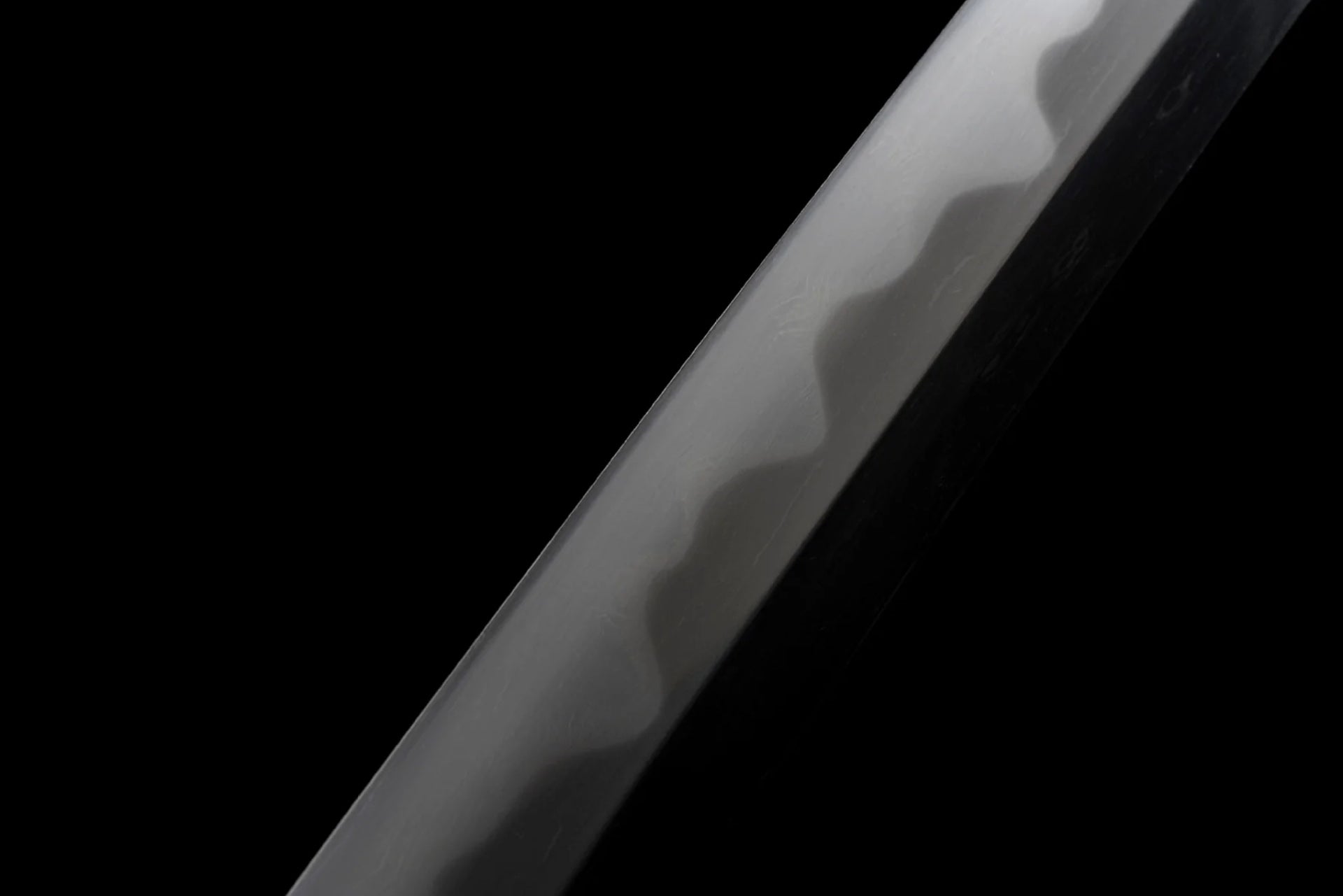

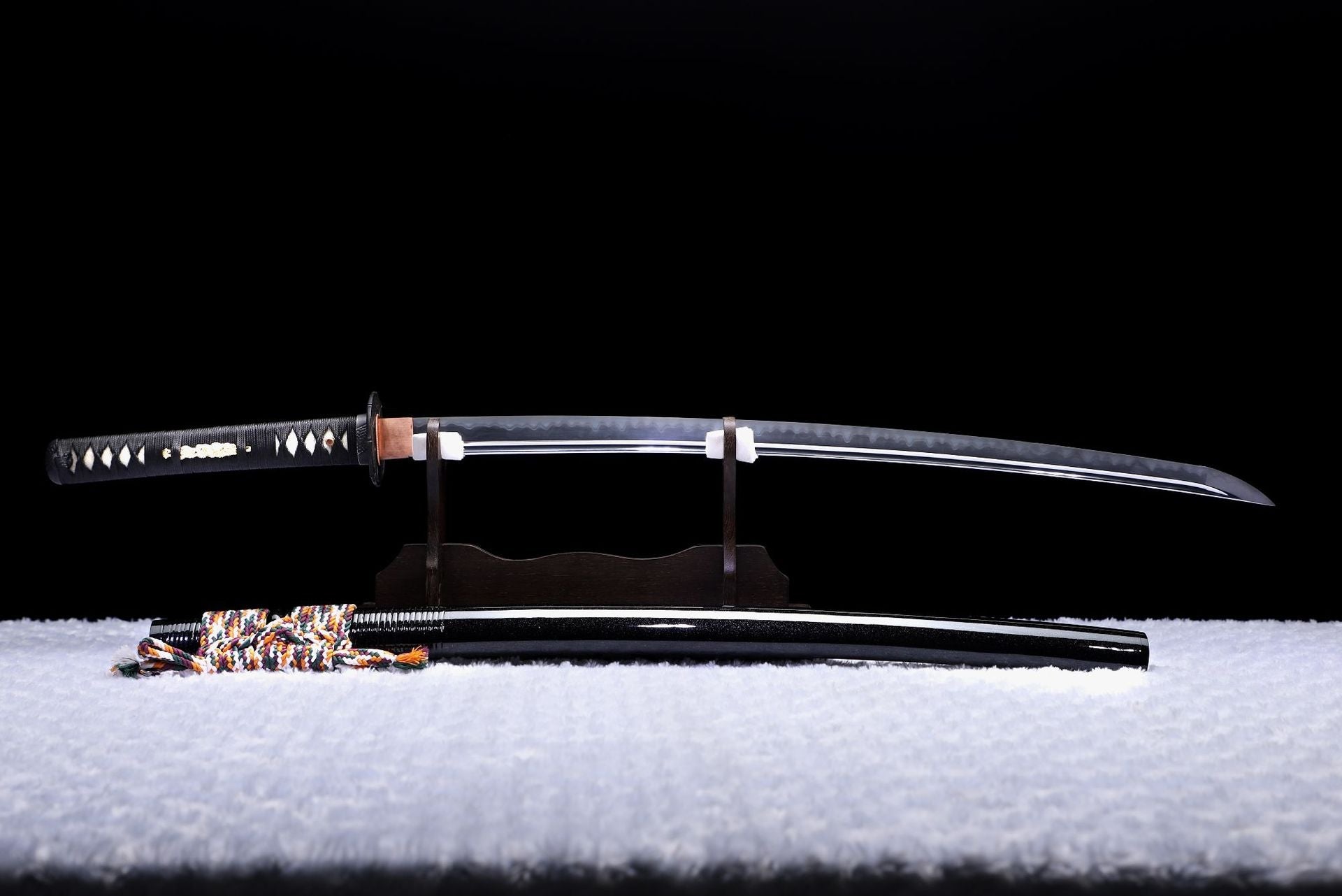
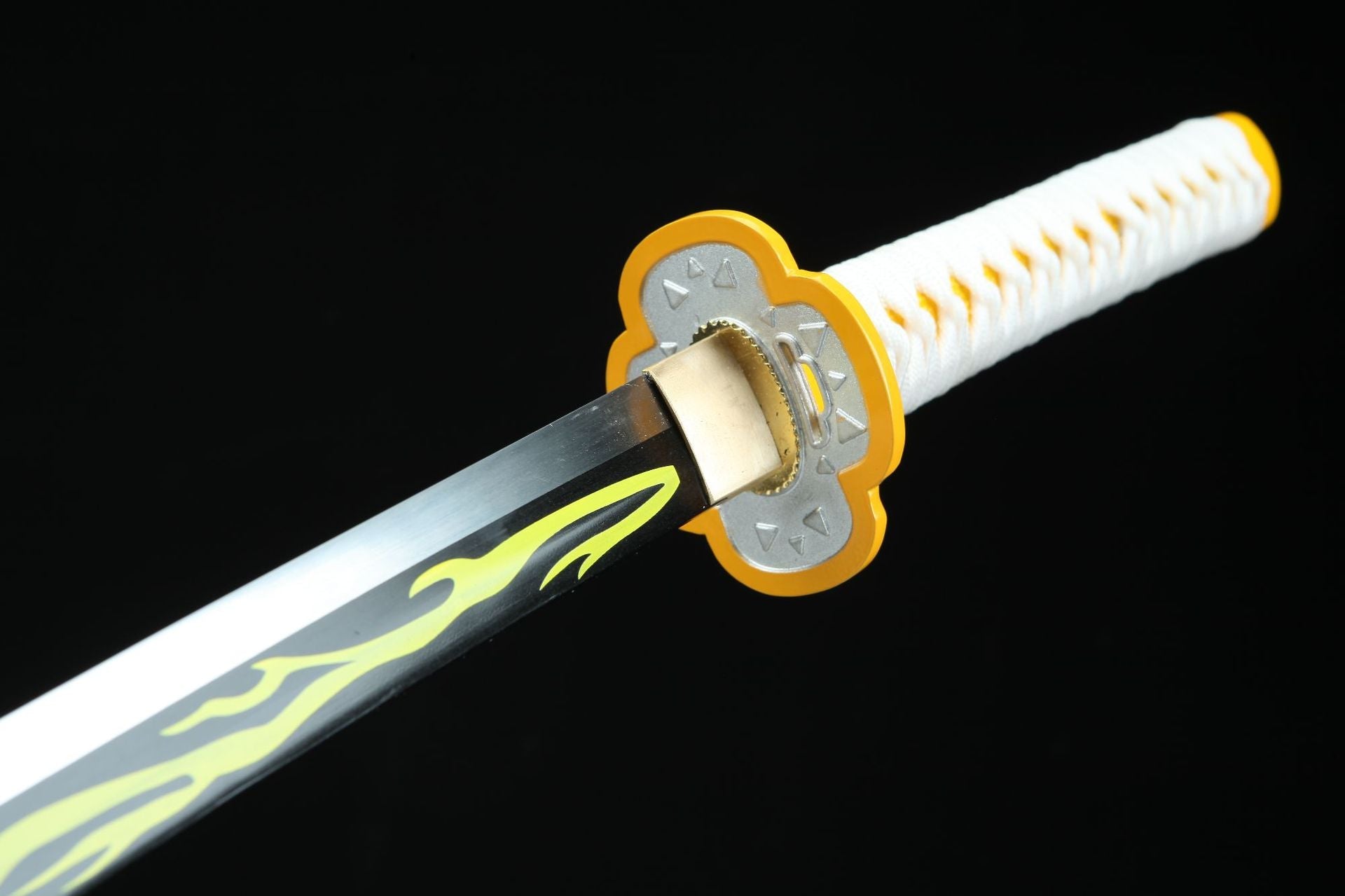
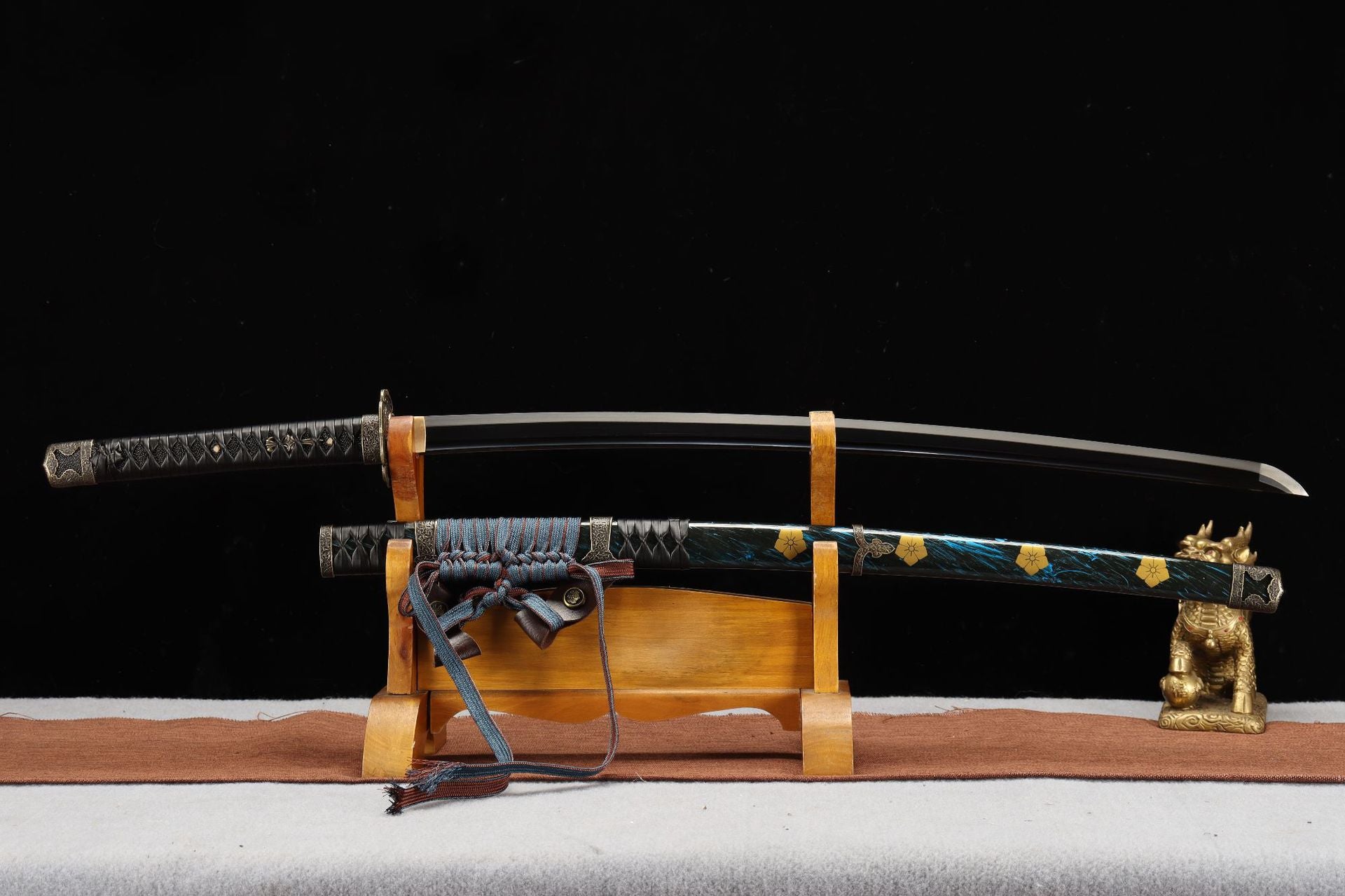
Leave a comment
All comments are moderated before being published.
This site is protected by hCaptcha and the hCaptcha Privacy Policy and Terms of Service apply.